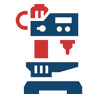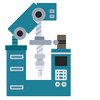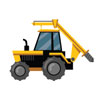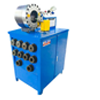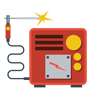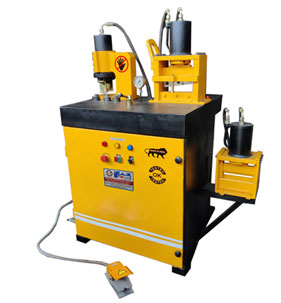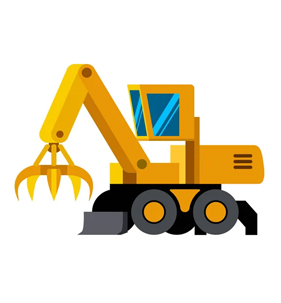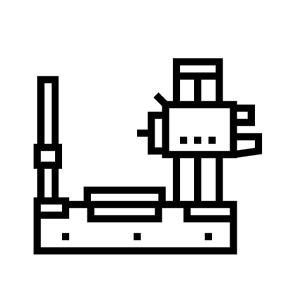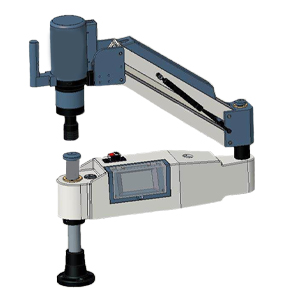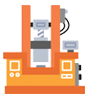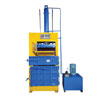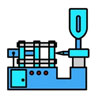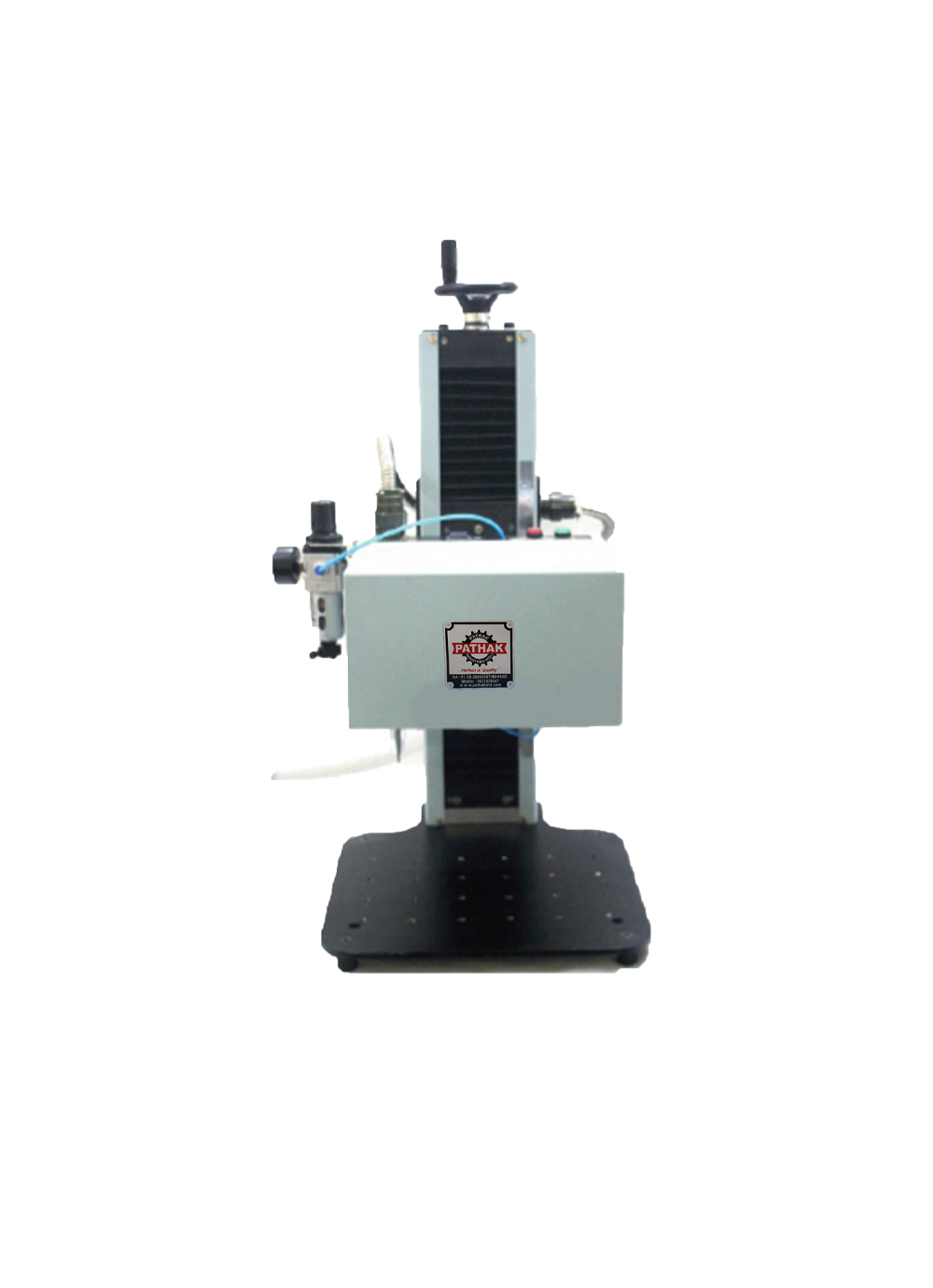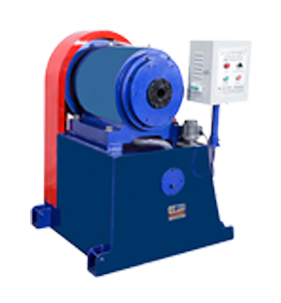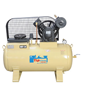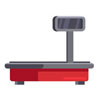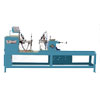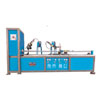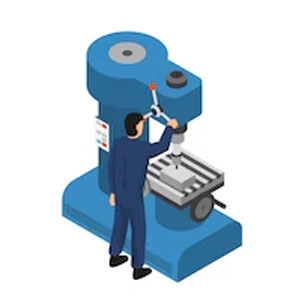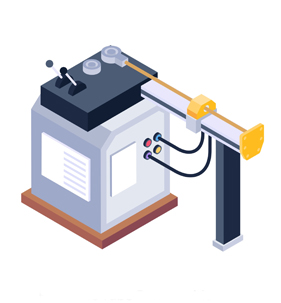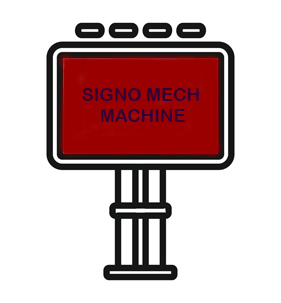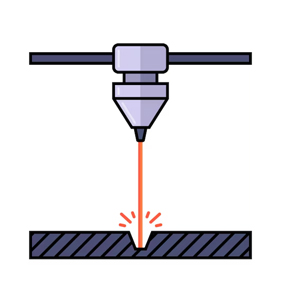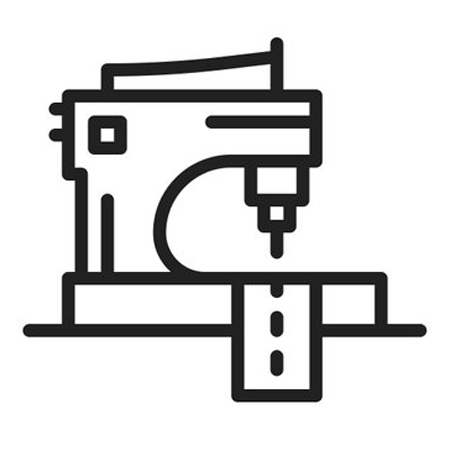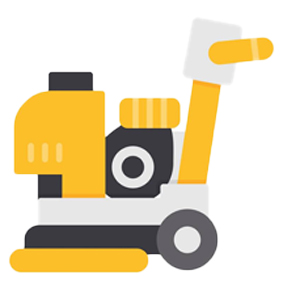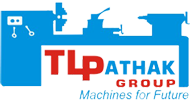Unlocking the Power of Precision Understanding the Purpose and Functionality of Drilling Machines
Published On: Jul 01, 2023 by Pathak
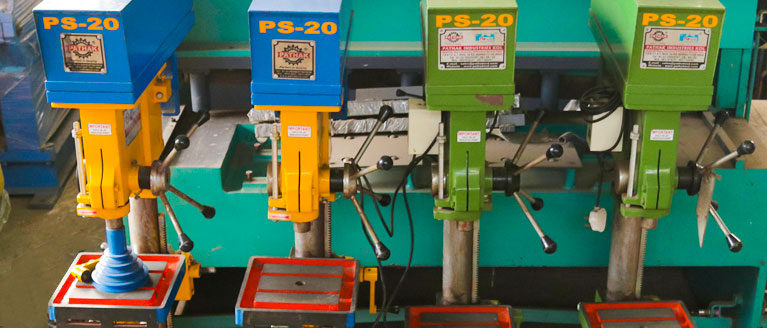
A drilling machine is a tool used for making holes in various materials, including metals, plastics, and wood. The first drilling machines were hand-operated and only capable of creating small holes. Today, there are a variety of different types of drilling machines available that can create large or small holes with great precision. Most drilling machines have a spindle that holds and rotates the drill bit. The drill bit is the cutting tool that does the actual work of drilling the hole. The speed at which the drill bit rotates is called the spindle speed. It is important to have the right spindle speed for the type of material being drilled. If the spindle speed is too slow, the drill bit will overheat and break. If the spindle speed is too fast, it will cause the material to tear or chip rather than create a clean hole. Many modern drilling machines also come with a feed mechanism that moves the drill bit in and out as it drills. This is called quill feed and allows for more precise control over the depth of the hole being drilled.
Types of Drilling Machines
There are four types of drilling machines: handheld, sensitive, floor-mounted, and radial. Handheld drilling machines are the most common type. They are portable and can be used in a variety of locations. Sensitive drilling machines are designed for use on delicate materials such as glass or ceramic. Floor-mounted drilling machines are larger and more powerful than handheld models. They are typically used in industrial settings. Radial drilling machines have a rotating arm that allows them to drill holes at a variety of angles.
The Benefits of Using a Drilling Machine
There are many benefits of using a drilling machine. Drilling machines offer a high degree of precision and accuracy, which is essential for many industrial and manufacturing applications. Drilling machines can also be used to create very large holes, which is not possible with hand-held power drills. In addition, drilling machines are much faster than hand-held power drills, making them ideal for production line work.
How to Choose the Right Drill for Your Project
When it comes to drilling, there is no one-size-fits-all solution. The type of drill you need depends on the material you're drilling into, the size of the hole you need, and the precision required. In this article, we'll walk you through how to choose the right drill for your project. First, consider the material you're drilling into. Different materials require different types of bits and different speeds. For example, softer materials like wood can be drilled with standard bits at lower speeds, while harder materials like metal require more specialized bits and higher speeds. Next, consider the size of the hole you need. If you're just making a small pilot hole, any type of drill will do. But if you need a large hole, you'll want to use a larger drill bit. And if precision is important, look for a drill that offers adjustable depth settings. Think about power source. Cordless drills are convenient because they allow you to move around freely without being tethered to an outlet. However, they may not have enough power for larger projects. If portability is important to you, look for a cordless drill with a lithium-ion battery that offers long run times.
Safety Tips When Operating a Drilling Machine
When operating a drilling machine, it is important to take safety precautions to avoid injury. Here are some tips to keep in mind
1. Wear proper safety gear, including eye protection and gloves.
2. Be aware of your surroundings and stay clear of moving parts.
3. Keep your hands and fingers away from the drill bit.
4. Feed the workpiece into the drill slowly and steadily to avoid stripping or breaking the material.
5. Use a light touch when starting the drill, then increase pressure as needed.
6. Do not force the drill; if it is struggling to penetrate the workpiece, stop and adjust the drill bit or speed.
By following these safety tips, you can help prevent accidents when operating a drilling machine.
Different Types of Drill Bits & Their Uses
Different types of drill bits are designed for different purposes and applications. Here is a guide to the most common types of drill bits and their uses:
1. Spade bits are used for drilling large holes in wood. The spade bit has a wide, flat blade that cuts through wood quickly.
2. Twist bits are the most common type of drill bit and can be used for drilling both metal and wood.
3. Twist bits have a spiral flute that creates a screw-like action as it drills, which helps to keep the bit from walking across the material surface.
4. Paddle bits are similar to spade bits, but have a narrower, more tapered blade that is ideal for drilling smaller holes in wood.
5. Auger bits are used for drilling deep, straight holes in wood. The auger bit has a long, spiraling flute that pulls the bit through the material as it drills.
6. Brad point bits are used for drilling precise, clean holes in wood. The brad point bit has a sharp tip that starts the hole accurately, and cutting blades that score the sides of the hole as it drills, preventing splintering.
Step by Step Guide to Using a Drilling Machine
If you're new to using a drilling machine, the process might seem daunting. But with our step-by-step guide, you'll be an expert in no time ! First, make sure your workpiece is securely clamped to your workbench. You don't want it moving around while you're drilli.
Advanced Features of Modern Drills
Today's drilling machines are more versatile and precise than ever before. Here are some of the advanced features that make them so powerful:
CNC Drilling: CNC drilling machines are computer-controlled, making them much more precise than manual machines. This means that they can produce perfectly straight holes, even in very hard materials. Laser Drilling: Laser drilling is a new technology that uses a high-powered laser to drill extremely small holes. This is ideal for precision applications where conventional drilling methods would not be accurate enough. Multi-Spindle Drilling: Multi-spindle drilling machines have multiple drill bits that can work simultaneously. This makes them much faster than single-spindle machines, and means that they can drill large numbers of holes quickly and efficiently.
Frequently Asked Questions about Drilling Machines
1. What is a drilling machine and what are its key components ?
A drilling machine, also called a drill press, is a machine used for boring holes in metal, wood, or other materials. The most common type of drilling machine is the column drill press, which consists of a base, a column or pillar, an adjustable table, and a drill head with chuck. The drill head holds the cutting tool (drill bit), which rotates at high speeds to create the desired hole size and shape.
2. What are the different types of drilling machines ?
There are several different types of drilling machines, each designed for specific applications. The most common type is the column drill press (mentioned above), but there are also radial drill presses (which have a rotating arm that drills perpendicular to the column), gang drill presses (which have multiple spindles for drilling multiple holes at once), and portable drill presses (which are small enough to be moved from one work site to another).
3. How do I choose the right drilling machine for my application ?
When choosing a drilling machine, you must first consider the material you will be working with and the size and shape of holes you need to create. You must also decide whether you need a portable or stationary model. Once you have determined your needs, you can begin narrowing down your options by considering features such as power source, maximum speed and torque, spindle type, table type, and warranty.
The importance of precision and accuracy in drilling operations cannot be underestimated. Drilling machines provide the power, precision and speed necessary to get the job done right. With an understanding of their purpose and functionality, you can ensure that every project is completed with excellence. Unlocking the power of precision through a comprehensive knowledge of your drilling machine will give you an edge over others when it comes to taking on complex projects and making sure they are completed correctly.
Lastest Articles
-
Embracing NC Hydraulic Press Brake Technology in Middle East Factories
Being a prominent center for indust... -
What machines are used to set up an Electrical Modular Box Plant
Attention all aspiring entrepreneur... -
Manual Process For Making Steel Almirah
Steel almirah are not only durable ... -
Semi Automatic Almirah Making Machines
Streamlining Production Processes w... -
Steel Almirah Manufacturing With Fully Automatic High Precision Machines
Welcome to the world of precision a... -
Unlocking the Power of Precision Understanding the Purpose and Functionality of Drilling Machines
A drilling machine is a tool used f... -
A Beginners Guide to C-Frame Presses for Industrial Applications
Welcome to the world of C-frame pre... -
Busbar Machine Applications in Automotive Manufacturing
Busbar Machine Applications i... -
How Busbar Machines Contribute to Electrical Safety and Reliability
How Busbar Machines Contribute to E... -
A Beginner's Guide to Busbar Fabrication and Assembly
A Beginner's Guide to Busbar Fabric...



